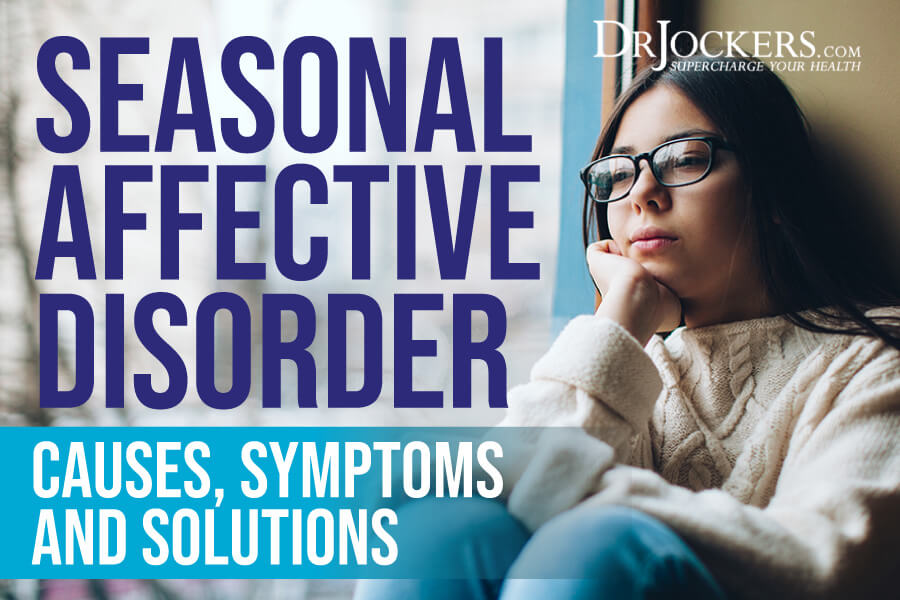 Seasonal Affective Disorder: Causes, Symptoms & Solutions
Seasonal Affective Disorder: Causes, Symptoms & Solutions
Winter has no doubt arrived. The days are shorter, the sun is out less, and the temperatures are colder. While many people have difficulties during this time of the year, some struggle more than others. You may be one of those individuals who is dealing with seasonal affective disorder. Seasonal affective disorder is a type of depression that is related to the changes in seasons and characterized by sadness, depression, low energy, fatigue, trouble sleeping, and concentration difficulties.
The good news is that you don’t have to wait until summer to feel better. While seasonal affective disorder is connected to the season, there are several natural solutions that may alleviate your symptoms and help you to enjoy your life again during the colder seasons.
In this article, you will learn what seasonal affective disorder is, its symptoms, and the most common causes. Then I will share some of my favorite natural solutions to prevent and treat seasonal affective disorder.
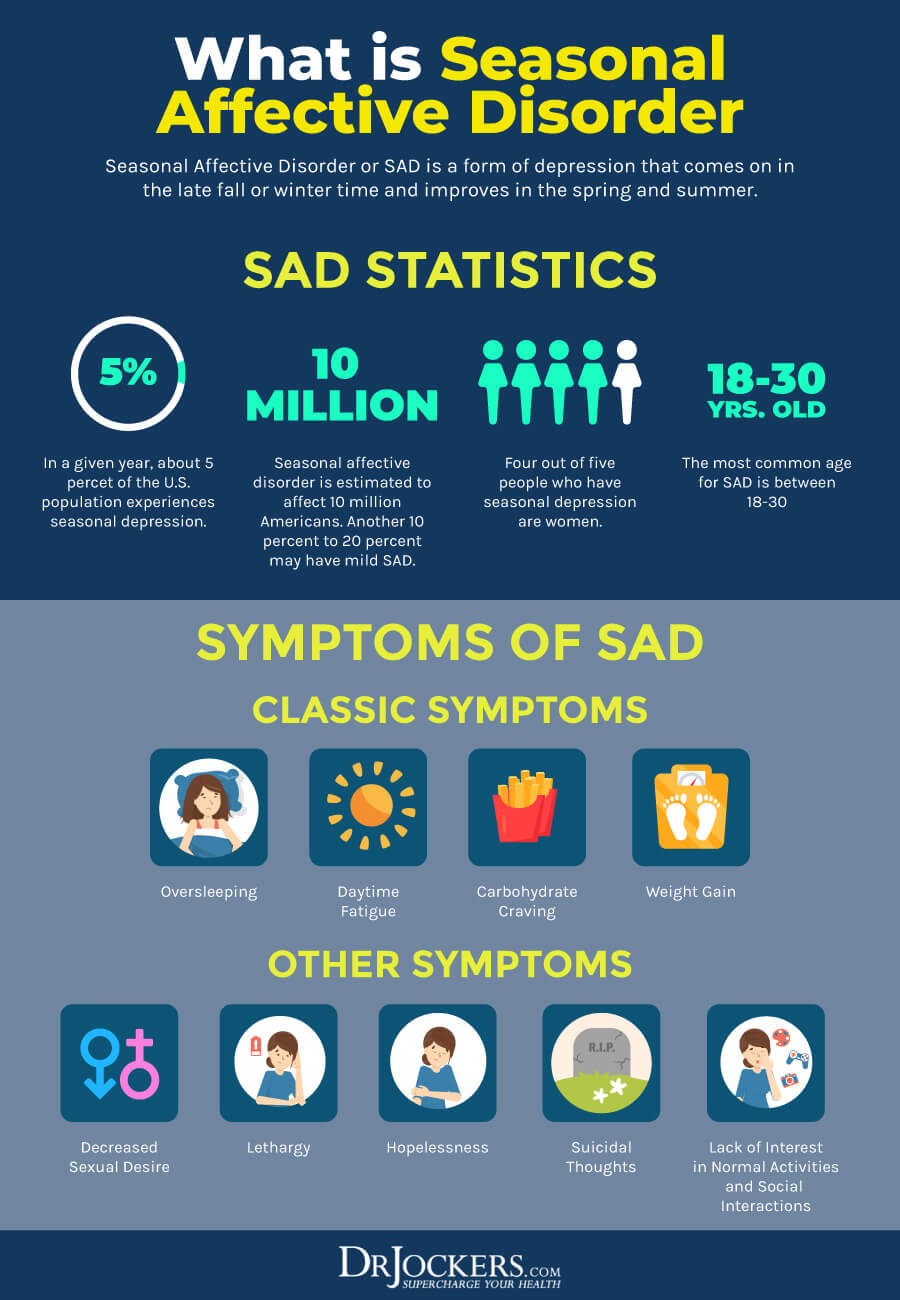
What is Seasonal Affective Disorder
Seasonal affective disorder (SAD) is a form of depression. Unlike other types of depression, seasonal affective disorder is related to the changes in seasons and the darker and colder months of the year. People with seasonal affective disorder tend to start to experience symptoms around the same time each year and stop having them around the same time of the year as well. Symptoms often begin in the fall and end in the spring or early summer, however, this may vary depending on where you live.
Seasonal affective disorder is not just the winter blues or a dislike of the colder weather. It is real depression where you experience sadness, moodiness, low motivation, and low energy. Most people experience their first episode between the ages of 18 and 30. However, a move to a new place or a major life event may trigger seasonal affective disorder before or after this time.
Seasonal affective disorder may affect anyone, however, the risk factors are higher for some people. Your risk factors may increase if you:
- Are a female: Women are four times more likely to have seasonal affective disorder than men (1).
- Live far from the equator: Up to 9 percent of people in Alaska and New England have seasonal affective disorder, while only 1 percent of those living in Florida do (2).
- Have a family history of depression: Family history of seasonal affective disorder or other forms of depression may increase your risk.
- Have depression or bipolar disorder: If you have a history or symptoms of any form of depression, it may increase your risk of other forms of depression, including seasonal affective disorder, or worsen your symptoms during the colder months.
- Are younger: Young adults have a higher risk of seasonal affective disorder than those who are older. It may occur in teens or children as well.
Seasonal affective disorder needs attention throughout the year to prevent and manage it. Light therapy or phototherapy is one of the most common forms of natural treatment options for seasonal affective disorder, however, there are several natural options you will learn about later in this article (3, 4, 5, 6).
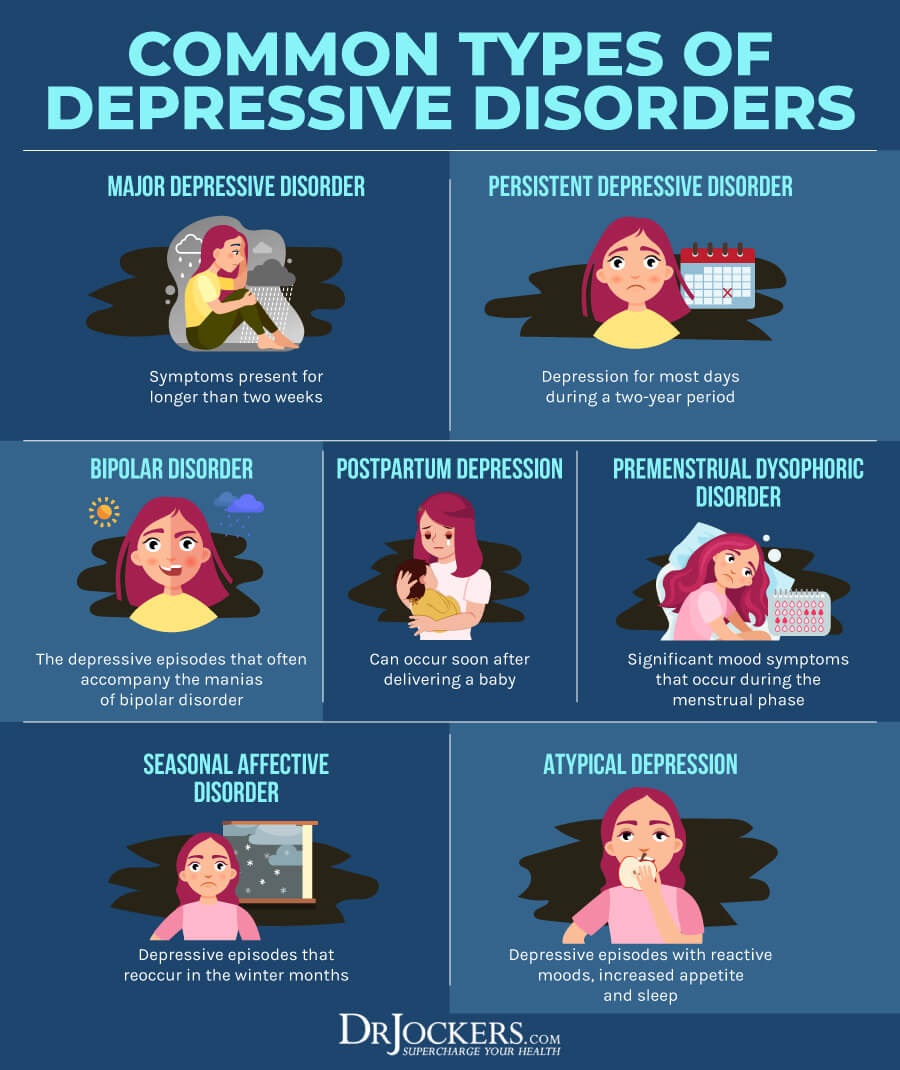
Symptoms of Seasonal Affective Disorder
If you have seasonal affective disorder, you may start to notice symptoms during late fall or early winter. You may notice a reduction of symptoms during late spring and may go without symptoms during the summer and sunnier months. In most cases, symptoms are mild at first and turn more severe as the colder and darker months progress.
Signs and symptoms of seasonal affective disorder may include:
- Feeling sad and depressed most of the day, every day or nearly every day
- Having low energy
- Feeling sluggish
- Feeling agitated
- Having low motivation
- Having trouble sleeping
- Sleeping too little or too much
- Having difficulty concentrating
- Loss of interest in activities
- Feeling hopeless, guilty, or worthless
- Thoughts of suicide or death
In some cases, it may be difficult to know if someone is dealing with seasonal affective disorder or another form of depression. This is why it’s particularly important to notice when the depressive feelings first started. If they started during the cooler season, there may be a good chance that you are dealing with seasonal affective disorder. Talk to your health professionals to understand what you are dealing with.
They will likely go through your health history, ask you about your symptoms, perform a physical exam, run some lab work, and do a psychological evaluation to make the right diagnosis. While the natural strategies for seasonal affective disorder may also be beneficial for other forms of depression, mental health problems, and physical health concerns, it is important that you have the right diagnosis, so you can understand the root cause of the issue, and then begin the right natural treatment protocol.
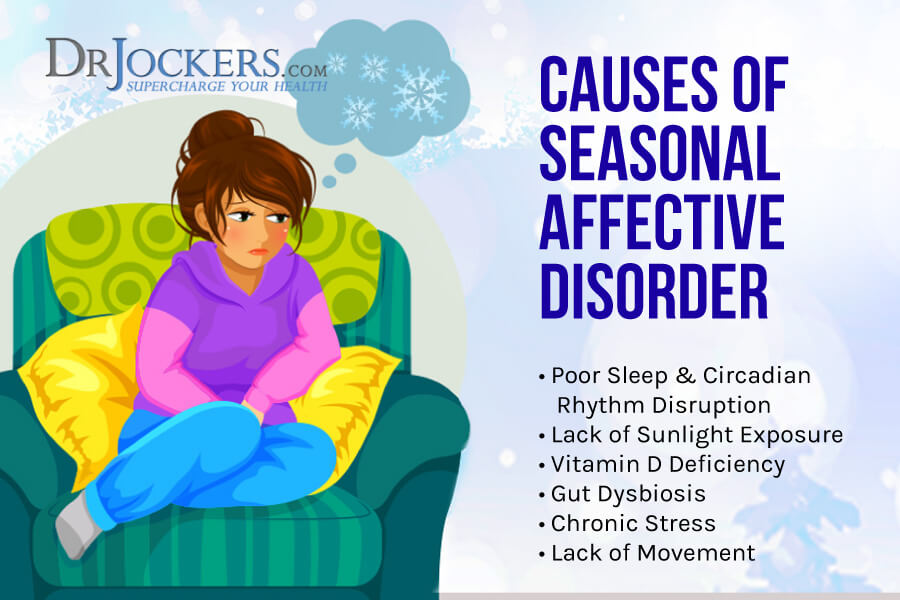
Causes of Seasonal Affective Disorder
It would be easy to assume that the reason behind your seasonal affective disorder is the darkness and cold. However, there is more to it. There are a variety of causes of seasonal affective disorder. Let’s take a look at them.
Poor Sleep & Circadian Rhythm Disruption
Your body needs proper sleep for your physical, mental, and emotional health. Sleep is the time when your cells can finally rest, relax, and repair. Without proper sleep, they cannot do that, which may lead to inflammation, low mood, low energy, and other health issues.
According to research, about 80 percent of people with seasonal affective disorder suffer from hypersomnia, 10 percent from insomnia, and 5 percent from both hypersomnia and insomnia. Hypersomnia is a condition that is characterized by excessive sleepiness and long stretches of sleep even during the day.
Insomnia is the opposite, characterized by trouble falling and staying asleep. Sleeping too long or too little disrupts your circadian rhythms. Your body will be confused and won’t be able to tell when it’s time to sleep or stay awake. This will feed the cycle of sleep troubles, depression, and low energy (7, 8, 9).

Lack of Sunlight Exposure
In the fall, our days become shorter and shorter, which means less sunshine. If you are living in a colder climate, chances are, you will see more clouds, rain, and snow than sunshine for the fall, winter, and even during the spring months. Spending too much time indoors also limits your exposure to sunlight even if you are living in warmer parts of the world.
However, sunshine is essential for your mental and physical health. Without enough sunlight, your vitamin D levels may drop, you will feel more sluggish, and you may become more sad and unmotivated. Thus it is not surprising that light therapy is one of the most powerful therapies used for seasonal affective disorder treatment and prevention.

Vitamin D Deficiency
Sunshine is important for healthy vitamin D levels. Not spending enough time in the sun, not eating enough vitamin D rich foods, and not supplementing with vitamin D on a regular basis can lead to serious drops in your vitamin D levels. This is because vitamin D is essential for your mood, energy, and overall health.
According to a systematic review and meta-analysis, a large number of people with seasonal affective disorder have insufficient vitamin D levels. Research has shown that supplementing with vitamin D is a cost-effective and simple way to aid treatment for depression, including seasonal affective disorder. Researchers have found that taking a mega dose of 100,000 IU of vitamin D a day for a week or two may improve the symptoms of seasonal affective disorder, and it may also prevent depression symptoms (10, 11).

Gut Dysbiosis and Seasonal Affective Disorder
Everything starts with and is connected to your gut. If your gut is not healthy, your physical and mental health are at risk of inflammation, pain, and health issues. Your gut is the home of your microbiome. It is where your food gets absorbed. It is also the place where inflammation and messages can travel to your brain through the vagus nerve, the longest nerve stemming from your brain and connected to your intestines, stomach, and other organs.
It is basically a two-way information highway that’s responsible for the gut-brain connection. When your gut health is compromised, your brain receives messages that may result in depression, anxiety, or stress.
This means that your gut can affect your sleep and mental state along with your immune function and metabolism. Depression and sleep are well-connected to your circadian rhythms. Seasonal affective disorder is closely connected to seasonal changes that may also cause interruptions in your circadian rhythm and biological clock.
Gut dysbiosis, interruptions of the circadian rhythms, and sleeplessness may also increase stress and anxiety, both of which may feed into seasonal affective disorder. Gut dysbiosis is not only one of the causes of seasonal affective disorder but continues to feed the cycle of its symptoms (13, 14, 15).

Chronic Stress
Seasonal affective disorder is a form of depression that may be triggered by or worsened by chronic stress. Research has shown that psychological stress can seriously impact your quality of life and lead to depression.
Chronic stress, including mental, emotional, and physical stress can wear you down and can become overwhelming. It also increases chronic inflammation in the body which can affect your brain health, sleep, and mood.
Chronic stress may increase fatigue, depression, sleep troubles, and concentration difficulties feeding into the already existing symptoms of seasonal affective disorder. Learning how to manage your stress and lowering stress, however, may help to reduce these symptoms and improve seasonal affective disorder (16, 17).
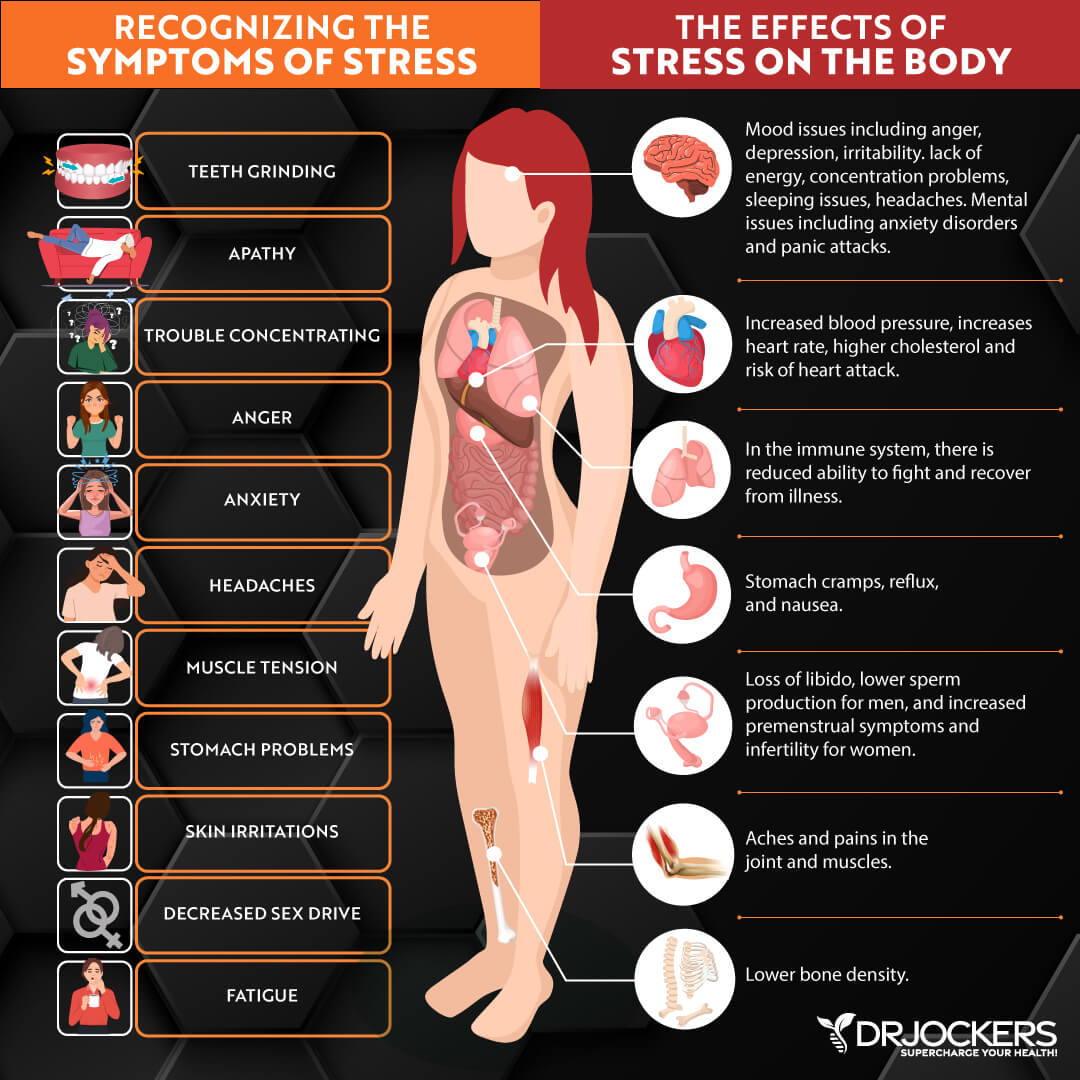
Lack of Movement
During the colder months, you may find it more difficult to exercise. It may be less likely that you want to spend time outdoors enjoying a walk, hike, or bike ride. If you are experiencing symptoms of seasonal affective disorder or depression, movement may become even more difficult. However, a lack of movement may feed seasonal affective disorder.
Movement and exercise are essential for your physical, mental, and emotional well-being. It stimulates Brain-derived neurotrophic factor (BDNF), a protein and a member of the neurotrophin family of growth factors that are essential for your mood, thinking, learning, and neuron function.
Movement also boosts serotonin and endorphins, happy chemicals in your brain that enhance happiness, energy, and mood. Movement energizes your body and your mind and elevates your emotions. It may even help you to deal with the cold weather outside (18).
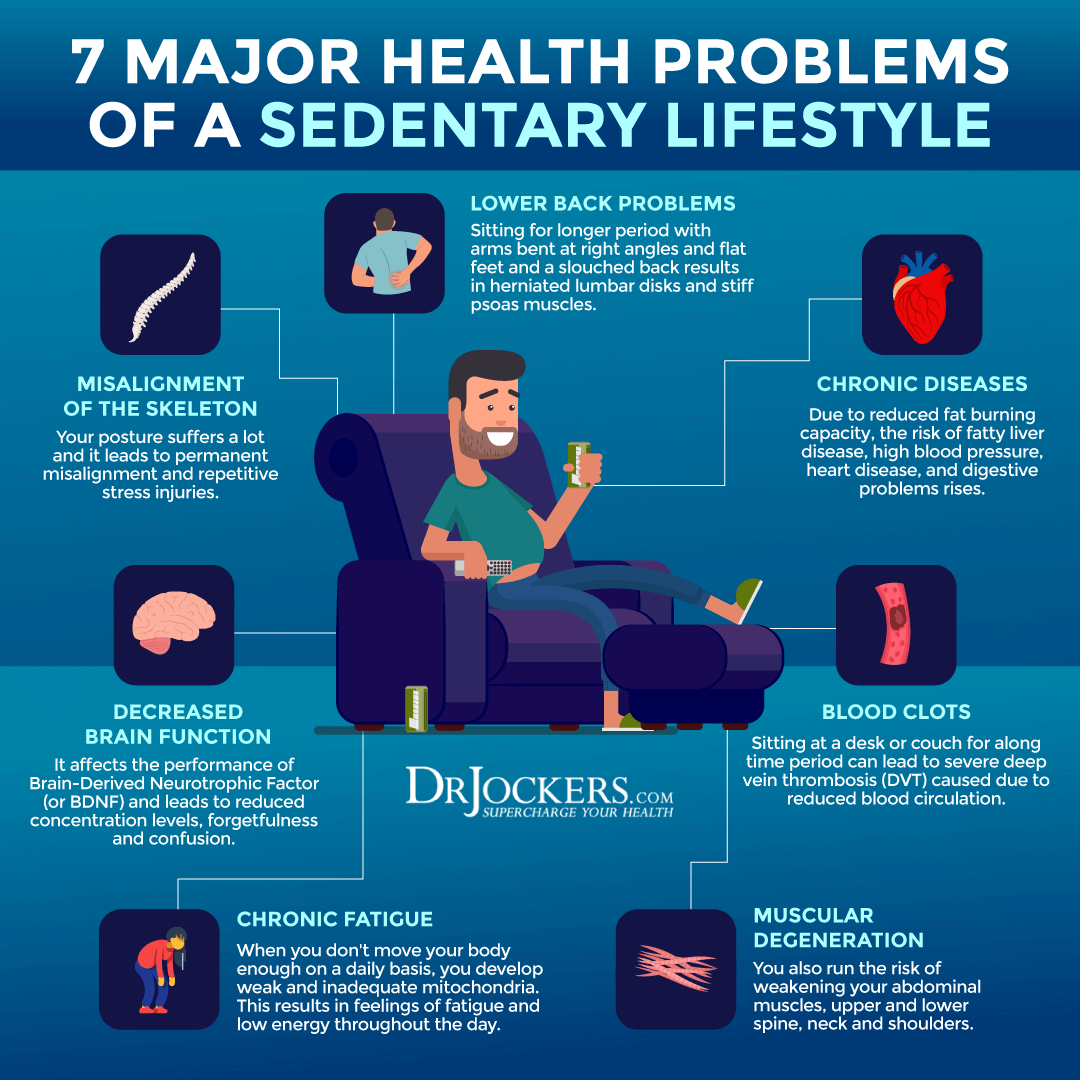
Natural Solutions for Seasonal Affective Disorder
If you have been experiencing symptoms of seasonal affective disorder, I have good news for you. You don’t have to suffer anymore! There are some natural solutions you can try in order to say goodbye to being and having SAD. Read on.
Anti-Inflammatory Diet
When it comes to your mental, emotional, and physical health, everything comes back to food. An inflammatory diet may be one of the main causes of your symptoms. To further feed the cycle, people with seasonal affective disorder may also be more likely to crave comfort foods, sweets, starchy carbohydrates, and junk food.
This only leads to worse symptoms and further cravings of unhealthy food. Instead, try an anti-inflammatory diet to support your health and reduce your symptoms.
Start by removing all inflammatory foods. This includes refined sugar and grains, gluten, refined oils, deep-fried and processed foods, grain-fed meat and eggs, conventional dairy, soda and sugary drinks, any other junk food, and foods that you are sensitive to. Switch to an anti-inflammatory, whole foods diet plan with lots of greens, veggies, low glycemic index foods, herbs, grass-fed meat, and wild-caught fish. To learn more about an anti-inflammatory diet, read this article to guide you.
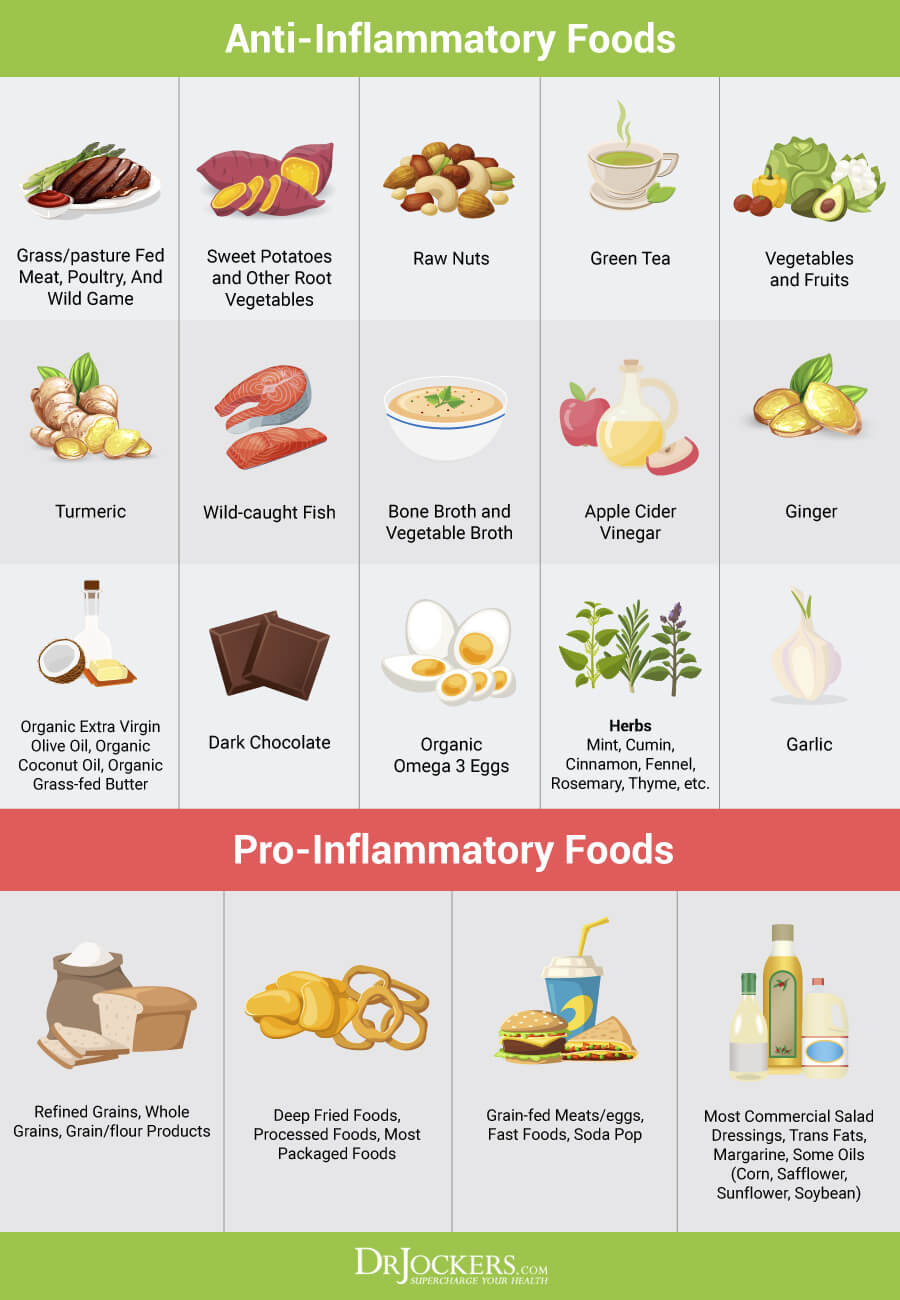
Prioritize Good Sleep Habits
While poor sleep is one of the contributing factors of seasonal affective disorder, it is also one of the main symptoms. If you have seasonal affective disorder, you may find yourself rolling around in bed at night, experiencing interrupted sleep, and having nightmares or night terrors. You may have trouble going to bed on time or falling asleep, yet, you may wake up feeling exhausted and want to stay in bed all day.
Prioritizing good sleeping habits and supporting your natural circadian rhythms is critical for seasonal affective disorder treatment. Make sure that you have a comfortable bed, bedding, and pillows. Create a safe sanctuary in your bedroom. Develop a regular relaxing nighttime routine that works for you.
Turn off electronics and avoid sugar or caffeine close to bedtime. Engage in relaxing activities. Sip on herbal tea and light a candle. Try meditation, journaling, reading, board games, crossword puzzles, and coloring at night. Do a quick stretch, check in with your body and emotions, say your intentions, be grateful, and take time for a short prayer.
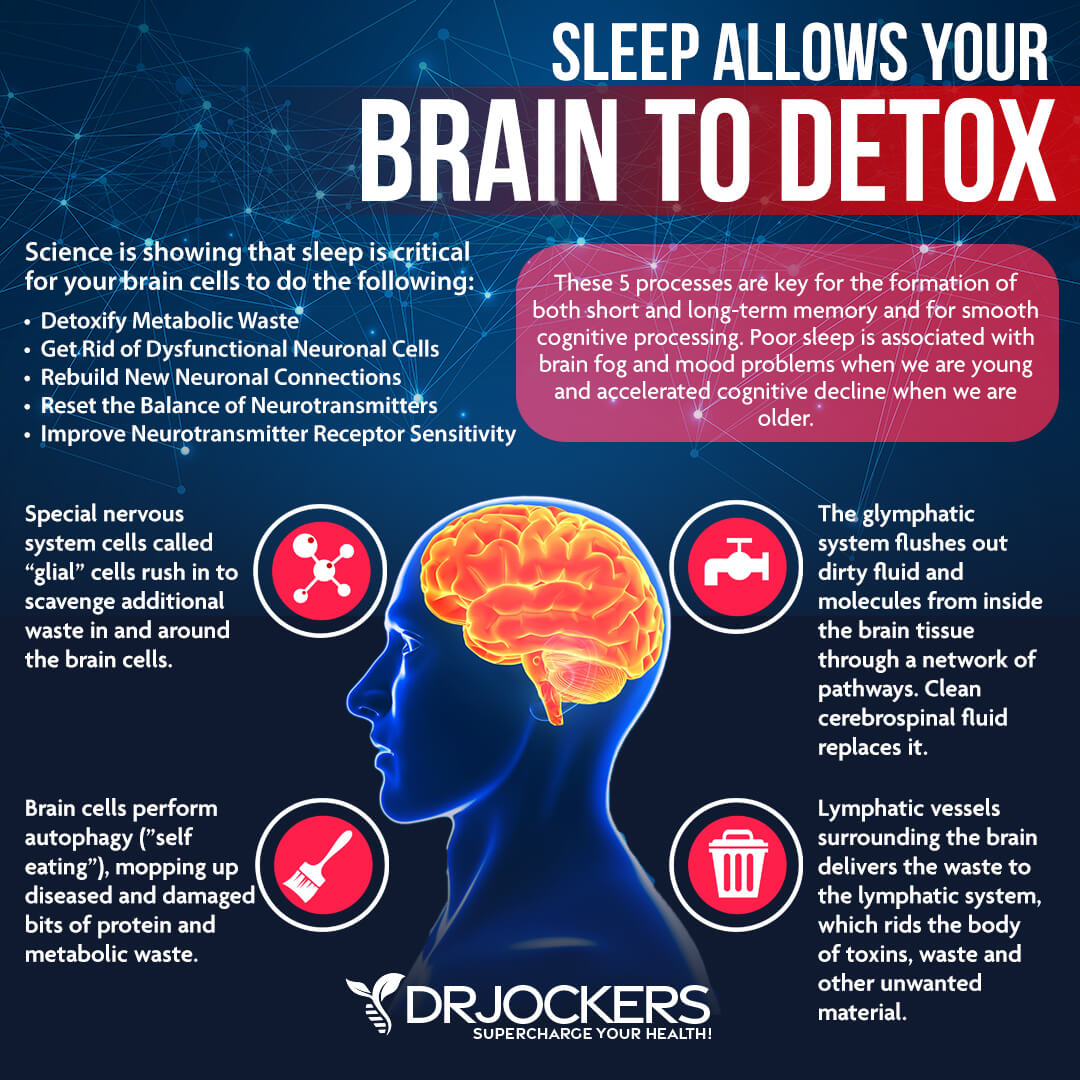
Focus on Gratitude & Prayer
Thanksgiving has passed, but the attitude of gratitude should be a year-round practice. Depression and emotional exhaustion cannot exist at the moment when your mind is focused on gratitude. Managing your emotional state, mindset, and attitude can help to improve your depression, elevate mental fatigue, and increase your physical energy. Gratitude and prayer may help you with this.
Having regular gratitude, prayer, or spiritual practices are some of the best ways to improve your mood and reduce symptoms of seasonal affective disorder. Begin your morning by counting the blessings in your life and by saying a short prayer. Stop throughout the day to appreciate new and small things.
Keep a gratitude journal and write down at least three things you are grateful for before the end of the day. Try to come up with three new things each day to challenge yourself and to keep your mind in a positive state.
Say a prayer before meals or bedtime or whenever you seek connection to a higher power. Remember, prayer doesn’t have to be anything scripted or specific to any religion. Some form of prayer may fit with any spiritual belief you may have and can be very personal to you.
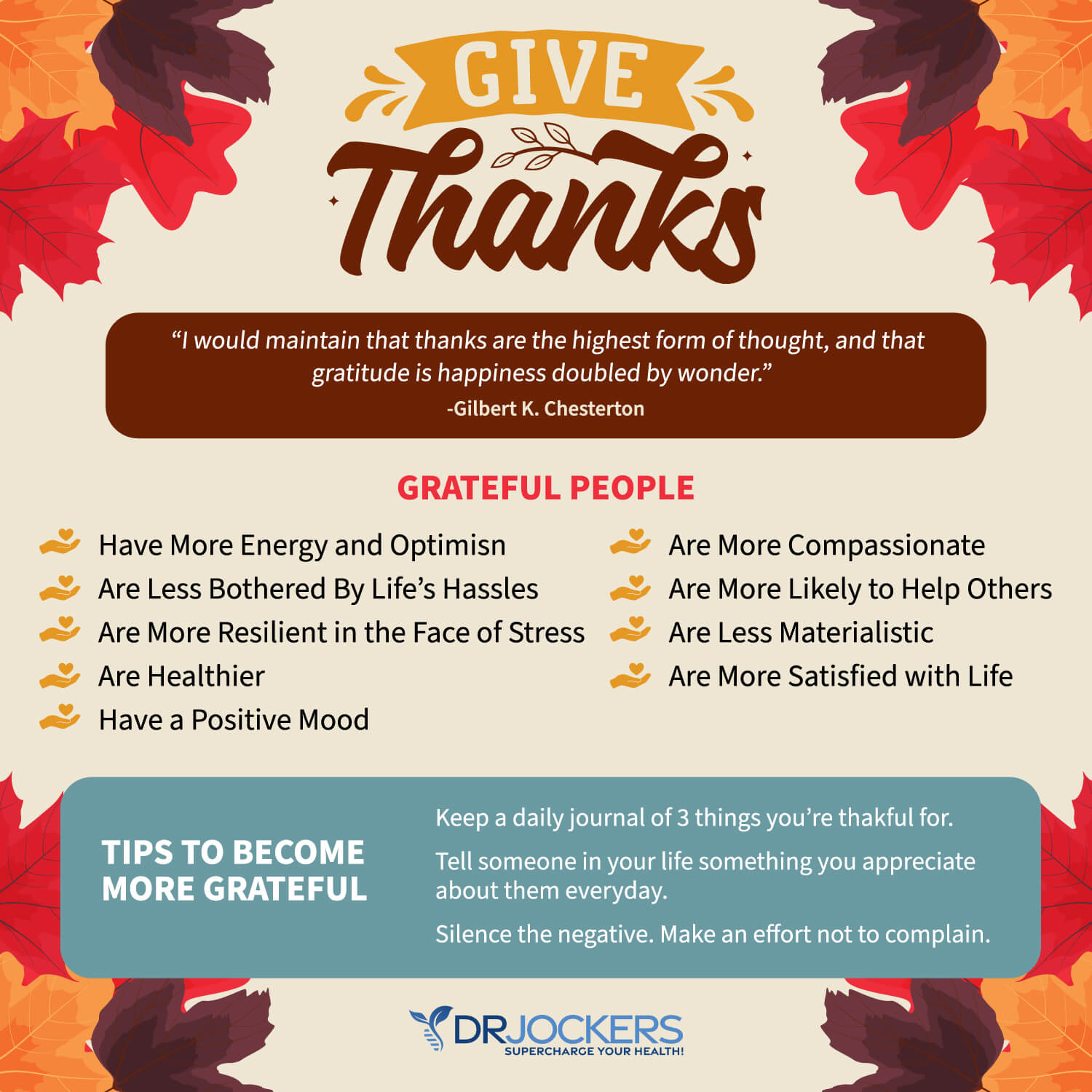
Move Your Body
I know, if you are dealing with the symptoms of seasonal affective disorder, getting out of bed can be difficult as can going to the gym. But trust me. Moving your body regularly is one of the regularly recommended and scientifically proven ways to improve your mood and any form of depression, including seasonal affective disorder.
Moving your body helps to release happy chemicals, including endorphins that may help to ease sadness or brain fog. Research suggests that even 10 minutes on the treadmill or 30 minutes of walking may result in significant and lasting benefits (19, 20).
Don’t worry, it’s okay to start out slow. Research suggests that consistency and frequency are much more important than duration or intensity when it comes to the benefits of exercise to combat seasonal affective disorder. Start out with light walks, practice yoga, dance to your favorite song, or join a group fitness class to start out.
As you get into it, you can start developing a regular routine combining cardiovascular, resistance, and strength training. No matter what, stay consistent and move your body 20 to 30 minutes each day. Start and finish your day with a short, few-minute stretch or yoga routine.
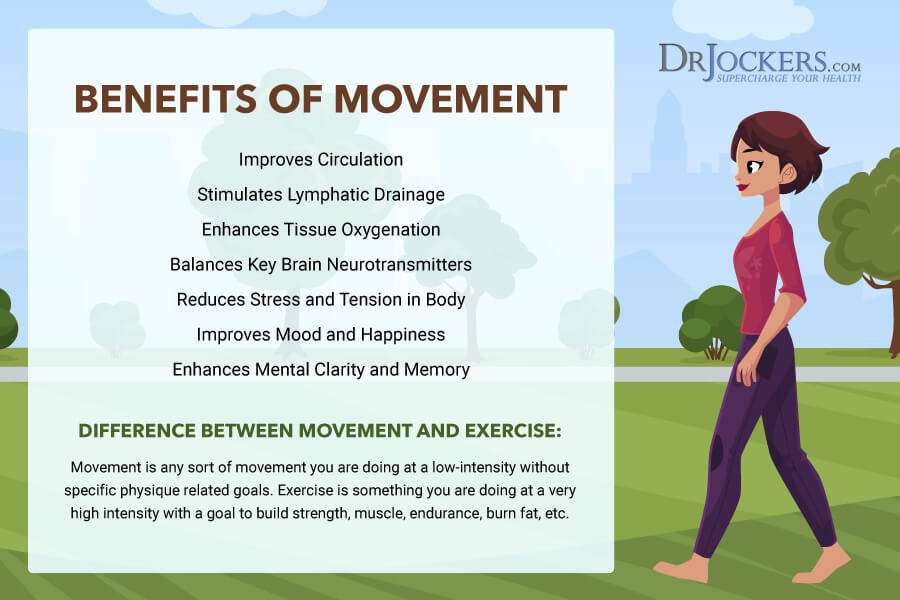
Get Daily Sun Exposure
Depending on where you live, this may be tricky during some months. However, I recommend that if possible, obtain some exposure to the sun. Remember, the sun may be peeking through the clouds even if it’s hard to notice.
I recommend that you keep your curtains and blinds open during the day and at night, so you get a bit of sunshine peeking through whenever possible. If there is a ray of sunlight outside, get outside for a short time even if it’s cold outside. Bundle up and embrace the season. You may combine this with a morning stroll or outdoor exercise routine.
However, since sun exposure is not possible every day when you live in colder parts of the world, I recommend regular red-light therapy to receive similar benefits while indoors. You will learn more about the benefits of red-light therapy later in this article.
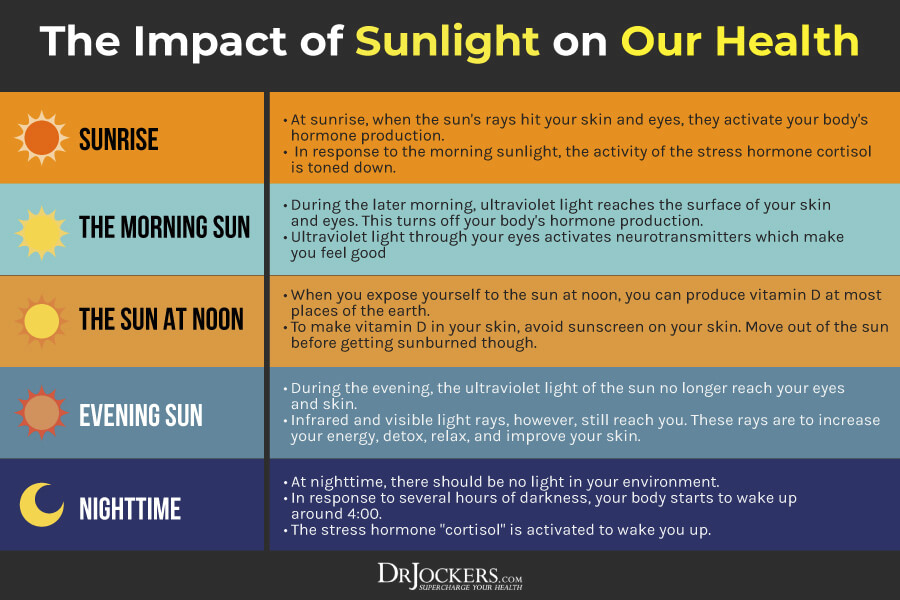
Supplement with Vitamin D
One of the main benefits of getting out into the sun is a natural boost of vitamin D. No wonder that vitamin D is also called the sunshine vitamin. Vitamin D is an important vitamin that is critical for many areas of your health, including your immune function, bones, muscles, and mental health.
Vitamin D has been linked to depression and mood disorders, including seasonal affective disorder. People with seasonal affective disorder often have low levels of vitamin D and supplementation may help. Research has found that vitamin D may be an important treatment method for seasonal affective disorder and may be more effective than light therapy.
Another study on indoor health workers with symptoms of seasonal affective disorder also found that vitamin D may be more powerful and effective than light therapy. This also means that doubling up on both may be your best bet for preventing seasonal affective disorder (21, 22, 23).
Since obtaining enough sunshine while spending a lot of time indoors during the colder months is difficult, supplementing with vitamin D is critical. In fact, vitamin D is one of those vitamins that everyone may benefit from. Vitamin K2 optimizes the absorption of D3 and further enhances your health. I recommend taking a vitamin D3 supplement with at least 3,000-5,000 IU’s of vitamin D3 and at least 90 mcg of vitamin K2.
Typically taking 1,000 IU per 25 lbs. of body weight will help you get your levels into a healthy range. You want to test your vitamin D levels at least 1-2 times each year and get your levels between 50-100 ng/ml. It has been hypothesized that a therapeutic level for various health conditions is going to be between 70-100 ng/ml.
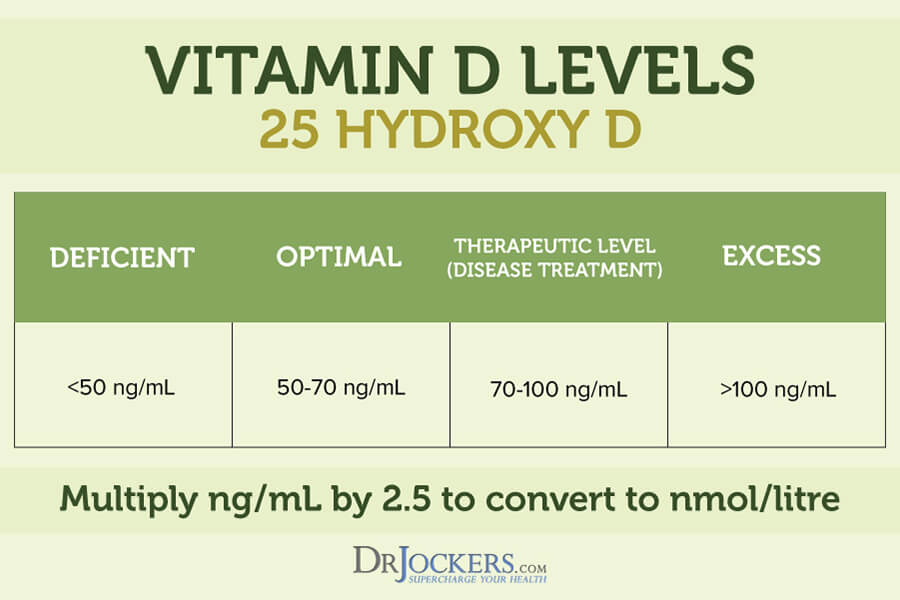
Use Probiotics for Seasonal Affective Disorder
As you’ve learned, gut dysbiosis is one of the root causes of seasonal affective disorder. While eating an anti-inflammatory diet with gut-supporting, nutrient-dense foods is not negotiable, adding probiotics-rich foods, such as sauerkraut, kimchi, and kefir and taking probiotics is just as important for a healthy gut. A systematic review has found that probiotics may have a powerful effect on symptoms of depression, however, the results also depend on the quality of the probiotics consumed (24).
When choosing probiotics, make sure that it has soil-based probiotics (SBO), a high CFU count from 25 to 50 billion, 5 or more diverse probiotic strains, and prebiotics. Shelf-stable probiotics that don’t need to be refrigerated are often more convenient.
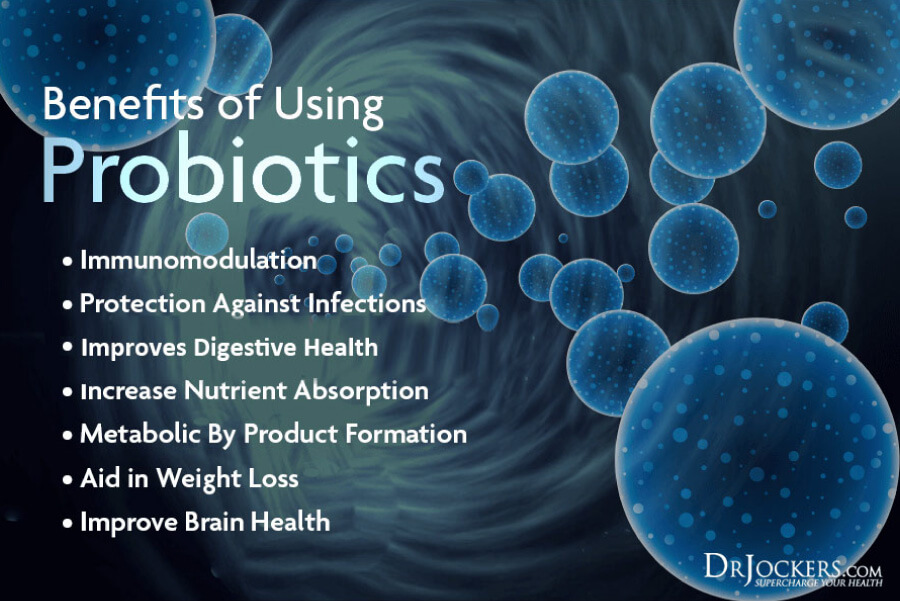
Find Ways to Laugh Daily
Did you know that children laugh 300 to 400 times a day, while adults only laugh 17.5 times on average? I notice this in my children when they burst out laughing all the time and get excited for the small things. Everything is funny and exciting in their world. It is a joy to watch.
Adults tend to be more serious and full of worries. Yet, laughing has incredible health benefits. It may improve your immune system, hormones, mood, and pain levels, work your muscles, and make you happier. It increases endorphins in your body and may reduce seasonal affective disorder symptoms.
Make sure to laugh more during the day. Be a kid again for a moment. Get silly and laugh with your kids or pets. Watch a funny movie. Read a comic book. Look up some jokes. Attend a comedy show. Laugh at yourself in a positive way and laugh with others. Laugh for no reason. Try laughter yoga to create more laughter in your life without more reason. Read about the benefits of laughter here and start your own laughter-positivity challenge.

Consider Using Omega-3 Fatty Acids
Inflammation is one of the common culprits behind seasonal affective disorder and mood disorders. Omega-3 fatty acids are healthy fats with anti-inflammatory benefits. Research has found an association between omega-3 fatty acids (alpha-linolenic, eicosapentaenoic, docosahexaenoic) and depression and found that supplementation may improve symptoms. Increasing your intake of omega-3 fatty acids may reduce your risk and improve your seasonal affective disorder symptoms (25, 26).
Foods that are rich in omega-3 fatty acids include salmon, cod liver oil, herring, sardines, anchovies, mackerel, other fish and seafood, algae, hemp seeds, chia seeds, and flax seeds. However, if your health is compromised, meeting your omega-3 needs may be difficult via diet alone, and you may benefit from supplementation.
Plant based omega 3’s such as flax oil only contain the small chain omega 3 called ALA and do not have any DHA. It is very hard for our body to convert ALA into DHA so it is best to get a high-quality fish or krill oil that is rich in EPA and DHA. You want to find a brand that is molecularly distilled to take out any heavy metals and other unwanted contaminants.
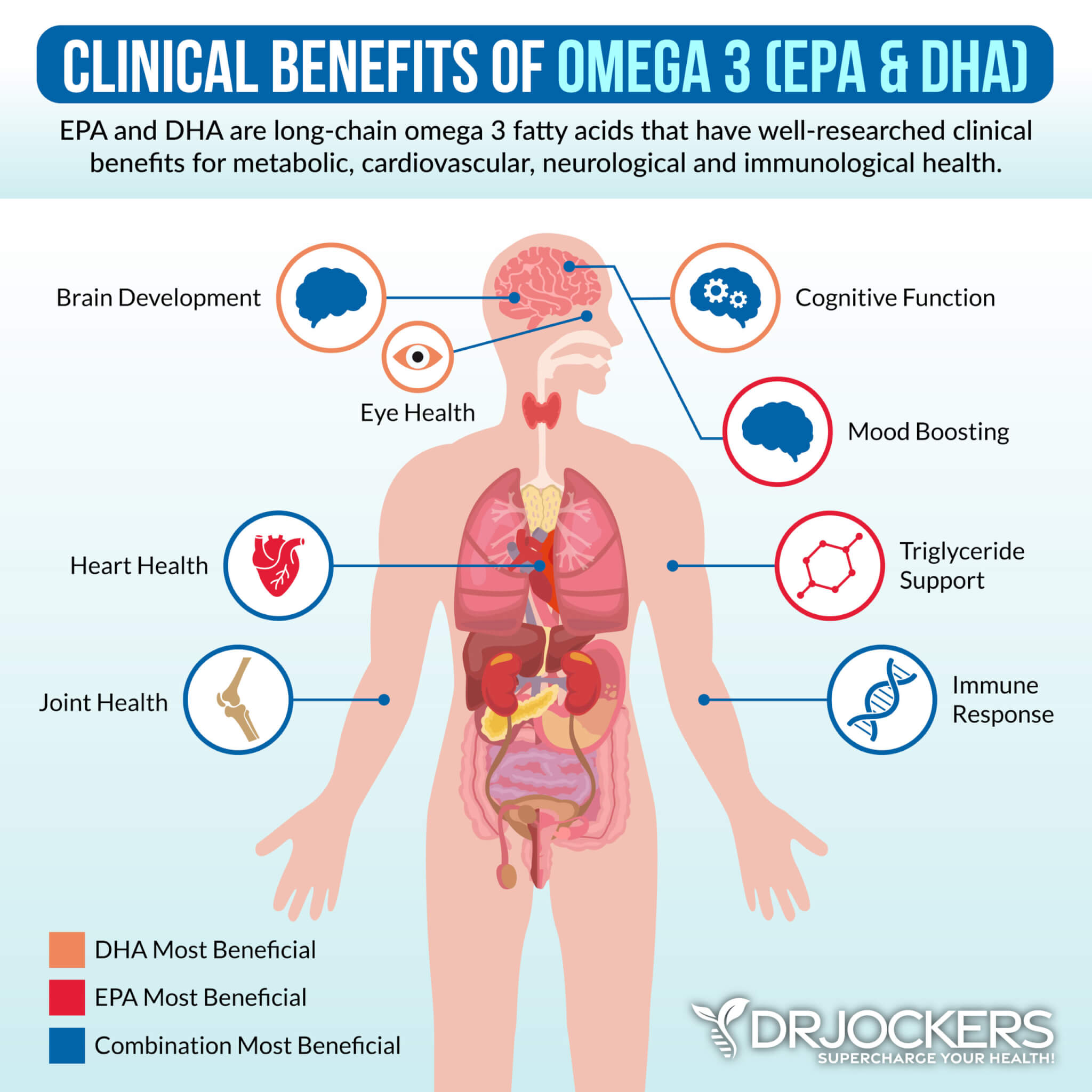
Consider Red Light Therapy for Seasonal Affective Disorder
Red light therapy is a powerful therapeutic technique and an alternative healing method that may help to prevent and improve seasonal affective disorder. Red light therapy is a low-level laser therapy that uses low wavelength red lights that penetrate deep into your skin. Red light therapy is safe and doesn’t burn your skin.
Red light therapy may help to increase cellular energy, antioxidants, mitochondria function, and ATP energy in your body. Healthcare professionals regularly recommend light therapy for seasonal affective disorder.
Research has found that red light therapy is an effective method to eliminate or reduce symptoms when used regularly. Research has also shown that red light therapy may increase melatonin production and support your sleep which in turn will benefit your seasonal affective disorder symptoms (27, 28, 29, 30, 31, 32).
I highly recommend and personally use Mito Red Light Therapy Device. It is a third-party tested device with the highest power on the market. Most red-light therapy devices use only 2 watt or 3-watt LEDs, whereas Mito Red Light Therapy uses 5-watt LEDs for the best results. Use the coupon code DRJOCKERS at checkout to save 5% on the MitoRed product line.
You will experience higher irradiance for better results in less time. I love that it comes in different sizes for your convenience and that it’s affordable yet effective.
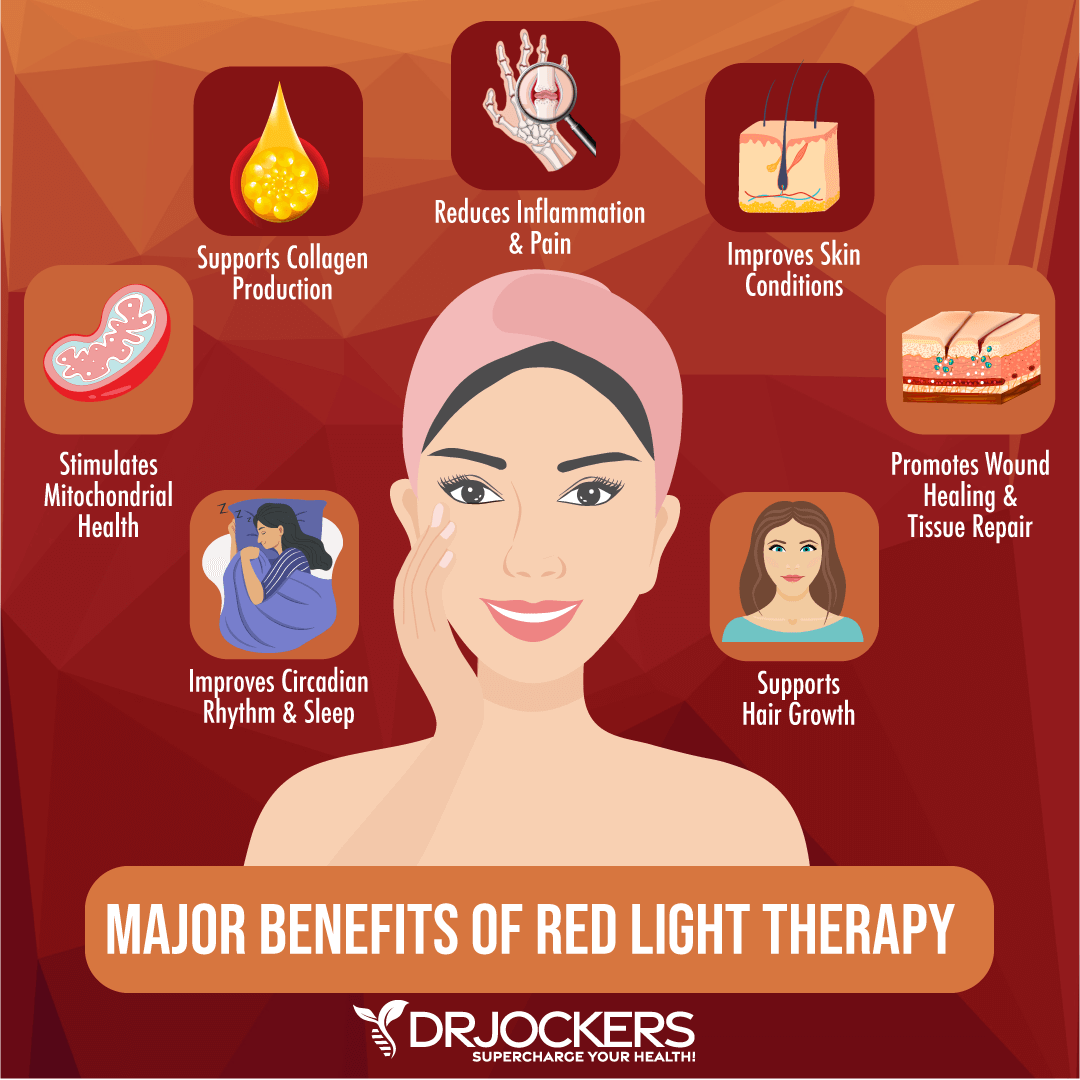
Final Thoughts on Seasonal Affective Disorder
Seasonal affective disorder is a type of depression that is related to the changes in seasons and characterized by sadness, low energy, fatigue, and trouble sleeping. You don’t have to wait any longer to feel better. Follow my natural solutions and tips to reduce your symptoms and help you enjoy your life again throughout the colder, darker seasons.
If you want to work with a functional health coach, I recommend this article with tips on how to find a great coach. On our website, we offer long-distance functional health coaching programs. For further support with your brain health and other health goals, just reach out and our fantastic coaches are here to support your journey.
Inflammation Crushing Ebundle
The Inflammation Crushing Ebundle is designed to help you improve your brain, liver, immune system and discover the healing strategies, foods and recipes to burn fat, reduce inflammation and Thrive in Life!
As a doctor of natural medicine, I have spent the past 20 years studying the best healing strategies and worked with hundreds of coaching clients, helping them overcome chronic health conditions and optimize their overall health.
In our Inflammation Crushing Ebundle, I have put together my very best strategies to reduce inflammation and optimize your healing potential. Take a look at what you will get inside these valuable guides below!



